Code
HCS15021
Weight
2.394 Kg / 5.28 lbs
Size
Height
25cm (10") Width
16cm (6") Depth
13cm (5") Material
Copper
Availability
Available
Date Added
2018-04-05 12:19:00
Note : We used to sell this product 7 years ago so it may no longer be in our stock.
It is possible that we still have it with our suppliers but the price could be different from before.
Feel free to order. We will verify availability and inform you promptly.
It is possible that we still have it with our suppliers but the price could be different from before.
Feel free to order. We will verify availability and inform you promptly.

Safe Payment
We accept Paypal, Money Transfer, Bank Transfer
Confidence
Protection covers your purchase and personal data.
Worldwide Delivery
We ship Worldwide, except Russia.Shipping cost US$25.2 for upto 0.5 kgs

Hotline
Talk to help line for your question on 9841267335Rare Find : what is a Rare find?
This Kala Bhairab [full Gold Plated], [antique Finishing], [rare Find] is a rare find product, The Rare Find product is an uncommon and elusive product that is difficult to find and likely the only one available for sale. Once sold, Kala Bhairab [full Gold Plated], [antique Finishing], [rare Find] will be removed from the listings or marked as sold. This rarity and exclusivity make it highly sought-after by collectors and enthusiasts, offering a unique and irreplaceable addition to any collection.
This Kala Bhairab [full Gold Plated], [antique Finishing], [rare Find] is a rare find product, The Rare Find product is an uncommon and elusive product that is difficult to find and likely the only one available for sale. Once sold, Kala Bhairab [full Gold Plated], [antique Finishing], [rare Find] will be removed from the listings or marked as sold. This rarity and exclusivity make it highly sought-after by collectors and enthusiasts, offering a unique and irreplaceable addition to any collection.
Full Gold Gilded with Antique Patina.
The Kala Bhairab [full Gold Plated], [antique Finishing], [rare Find] has full gold plated antique finishing. This finishing is a combination of fire mercury gold plating and antique finishing. This traditional technique involves the application of a genuine layer of gold onto the Kala Bhairab [full Gold Plated], [antique Finishing], [rare Find] using the time-honored process of mercury gold plating. Skilled artisans meticulously handle the amalgamation of gold with mercury, ensuring precise application and a truly authentic result. To enhance its charm further, the Kala Bhairab [full Gold Plated], [antique Finishing], [rare Find] undergoes an antique finishing process. This meticulous treatment adds a touch of age and character to the gold plating, creating a sense of antiquity. Through careful craftsmanship and the application of specialized techniques, the Kala Bhairab [full Gold Plated], [antique Finishing], [rare Find] acquires a beautifully aged appearance that adds depth and uniqueness to its overall aesthetic. Read More . . .
The Kala Bhairab [full Gold Plated], [antique Finishing], [rare Find] has full gold plated antique finishing. This finishing is a combination of fire mercury gold plating and antique finishing. This traditional technique involves the application of a genuine layer of gold onto the Kala Bhairab [full Gold Plated], [antique Finishing], [rare Find] using the time-honored process of mercury gold plating. Skilled artisans meticulously handle the amalgamation of gold with mercury, ensuring precise application and a truly authentic result. To enhance its charm further, the Kala Bhairab [full Gold Plated], [antique Finishing], [rare Find] undergoes an antique finishing process. This meticulous treatment adds a touch of age and character to the gold plating, creating a sense of antiquity. Through careful craftsmanship and the application of specialized techniques, the Kala Bhairab [full Gold Plated], [antique Finishing], [rare Find] acquires a beautifully aged appearance that adds depth and uniqueness to its overall aesthetic. Read More . . .
Lost-Wax System
This Mahakala of Kala Bhairab [full Gold Plated], [antique Finishing], [rare Find] is made by the process of the Lost Wax system. This is a very complicated, time consuming and historic process of making metal sculptures.Which is why it is sometimes called Precision Casting as well. Hence the sculptures made by this process are comparatively expensive. There are many new, advanced and less time consuming methods of casting metal sculptures available as well. But due to the benefits provided by the traditional lost wax system in quality control and customization, we prefer the Loss wax system over Ceramic molding, or sand casting to make our Mahakala.
Below we have tried to illustrate the process of making a loss wax system statue: Read More . . .
This Mahakala of Kala Bhairab [full Gold Plated], [antique Finishing], [rare Find] is made by the process of the Lost Wax system. This is a very complicated, time consuming and historic process of making metal sculptures.Which is why it is sometimes called Precision Casting as well. Hence the sculptures made by this process are comparatively expensive. There are many new, advanced and less time consuming methods of casting metal sculptures available as well. But due to the benefits provided by the traditional lost wax system in quality control and customization, we prefer the Loss wax system over Ceramic molding, or sand casting to make our Mahakala.
Below we have tried to illustrate the process of making a loss wax system statue: Read More . . .
About Black Mahakala :
Black Mahakala is a prominent deity in Tibetan Buddhism, known for his fierce and wrathful form. Also called Bernakchen, he is revered as a protector and remover of obstacles. Black Mahakala is often depicted with a dark blue or black complexion, standing on a corpse, and wearing a crown of five skulls. He holds a trident, a skullcup, and a curved knife, symbolizing his power to destroy ignorance and negativity. Devotees believe that practicing Black Mahakala can help overcome obstacles, dispel negative energies, and cultivate inner strength and wisdom.
Iconography:
Black Mahakala is typically depicted with a fierce expression, dark blue or black, symbolizing his wrathful nature. He stands on a corpse, representing his triumph over death and impermanence. He has four arms, each holding a symbolic object. His main right hand wields a trident, representing his power over the three poisons of ignorance, attachment, and aversion. In his main left hand, he holds a skull cup filled with blood, symbolizing the transmutation of negative emotions. His remaining two hands hold a curved knife, representing the severance of ignorance, and a lasso, symbolizing the binding of negative forces.
History:
The origin of Black Mahakala can be traced back to ancient Indian Buddhism. In Tibet, he is considered to be an emanation of the Bodhisattva Avalokiteshvara, who embodies compassion. Black Mahakala became particularly popular during the time of the great Indian teacher Padmasambhava, who introduced tantric Buddhism to Tibet. Over the centuries, he gained significance as a protector deity in the Tibetan Buddhist tradition, and his practice spread widely throughout the region.
Temples:
Black Mahakala is widely revered in Nepal, and there are several temples dedicated to him. One notable temple is the Mahakala Temple in Patan, Nepal. Situated in the Patan Durbar Square, it is a sacred place where devotees gather to offer prayers and perform rituals to Black Mahakala. Another important temple is the Mahakala Temple in Kathmandu, located near the popular pilgrimage site of Swayambhunath Stupa. Both of these temples are significant pilgrimage sites for followers of Tibetan Buddhism.
Benefits of Practicing Black Mahakala:
The practice of Black Mahakala offers numerous benefits to practitioners. By connecting with this deity, individuals can overcome obstacles, both external and internal. Black Mahakala's wrathful form represents the transformative power to annihilate ignorance and destructive forces within oneself. Through devotion and practice, one can cultivate courage, inner strength, and wisdom. Additionally, practicing Black Mahakala is believed to purify negative karma, protect against harm, and promote spiritual growth on the path to enlightenment.
How to Practice:
The practice of Black Mahakala involves various aspects, including visualization, mantra recitation, and ritual offerings. Devotees often begin by visualizing Black Mahakala in front of them, vividly imagining his fierce form and the surrounding environment. Mantra recitation is an integral part of the practice, with the primary mantra being "OM BENZA MAHAKALA HUM PHAT," chanted repeatedly. Ritual offerings such as incense, flowers, and food can be made to Black Mahakala, expressing devotion and generating positive merit. Engaging in this practice regularly with sincerity and dedication deepens the connection with the deity.
Mantras of Black Mahakala:
The primary mantra associated with Black Mahakala is "OM BENZA MAHAKALA HUM PHAT." This mantra is recited to invoke the blessings and protection of the Black Mahakala. By chanting this mantra, devotees seek the removal of obstacles, the dispelling of negativity, and the cultivation of inner strength and wisdom. Along with the main mantra, there are other mantras and prayers specific to Black Mahakala's practice that can be found in Tibetan Buddhist texts and teachings. These mantras are considered potent tools for connecting with the deity and cultivating a deeper spiritual relationship.
Black Mahakala is typically depicted with a fierce expression, dark blue or black, symbolizing his wrathful nature. He stands on a corpse, representing his triumph over death and impermanence. He has four arms, each holding a symbolic object. His main right hand wields a trident, representing his power over the three poisons of ignorance, attachment, and aversion. In his main left hand, he holds a skull cup filled with blood, symbolizing the transmutation of negative emotions. His remaining two hands hold a curved knife, representing the severance of ignorance, and a lasso, symbolizing the binding of negative forces.
History:
The origin of Black Mahakala can be traced back to ancient Indian Buddhism. In Tibet, he is considered to be an emanation of the Bodhisattva Avalokiteshvara, who embodies compassion. Black Mahakala became particularly popular during the time of the great Indian teacher Padmasambhava, who introduced tantric Buddhism to Tibet. Over the centuries, he gained significance as a protector deity in the Tibetan Buddhist tradition, and his practice spread widely throughout the region.
Temples:
Black Mahakala is widely revered in Nepal, and there are several temples dedicated to him. One notable temple is the Mahakala Temple in Patan, Nepal. Situated in the Patan Durbar Square, it is a sacred place where devotees gather to offer prayers and perform rituals to Black Mahakala. Another important temple is the Mahakala Temple in Kathmandu, located near the popular pilgrimage site of Swayambhunath Stupa. Both of these temples are significant pilgrimage sites for followers of Tibetan Buddhism.
Benefits of Practicing Black Mahakala:
The practice of Black Mahakala offers numerous benefits to practitioners. By connecting with this deity, individuals can overcome obstacles, both external and internal. Black Mahakala's wrathful form represents the transformative power to annihilate ignorance and destructive forces within oneself. Through devotion and practice, one can cultivate courage, inner strength, and wisdom. Additionally, practicing Black Mahakala is believed to purify negative karma, protect against harm, and promote spiritual growth on the path to enlightenment.
How to Practice:
The practice of Black Mahakala involves various aspects, including visualization, mantra recitation, and ritual offerings. Devotees often begin by visualizing Black Mahakala in front of them, vividly imagining his fierce form and the surrounding environment. Mantra recitation is an integral part of the practice, with the primary mantra being "OM BENZA MAHAKALA HUM PHAT," chanted repeatedly. Ritual offerings such as incense, flowers, and food can be made to Black Mahakala, expressing devotion and generating positive merit. Engaging in this practice regularly with sincerity and dedication deepens the connection with the deity.
Mantras of Black Mahakala:
The primary mantra associated with Black Mahakala is "OM BENZA MAHAKALA HUM PHAT." This mantra is recited to invoke the blessings and protection of the Black Mahakala. By chanting this mantra, devotees seek the removal of obstacles, the dispelling of negativity, and the cultivation of inner strength and wisdom. Along with the main mantra, there are other mantras and prayers specific to Black Mahakala's practice that can be found in Tibetan Buddhist texts and teachings. These mantras are considered potent tools for connecting with the deity and cultivating a deeper spiritual relationship.


![Kala Bhairab [full Gold Plated], [antique Finishing], [rare Find]](https://handicraftseller.com/uploads/pics/product/thumb/2018/04/15021.jpg)
![Kala Bhairab [full Gold Plated], [antique Finishing], [rare Find]](https://handicraftseller.com/uploads/pics/product/thumb/2018/04/15021_0.jpg)
![Kala Bhairab [full Gold Plated], [antique Finishing], [rare Find]](https://handicraftseller.com/uploads/pics/product/thumb/2018/04/15021_1.jpg)
![Kala Bhairab [full Gold Plated], [antique Finishing], [rare Find]](https://handicraftseller.com/uploads/pics/product/thumb/2018/04/15021_2.jpg)


























































 of Safu Mahakala Panjaranatha- Oxidized" title="Statue
of Safu Mahakala Panjaranatha- Oxidized" title="Statue 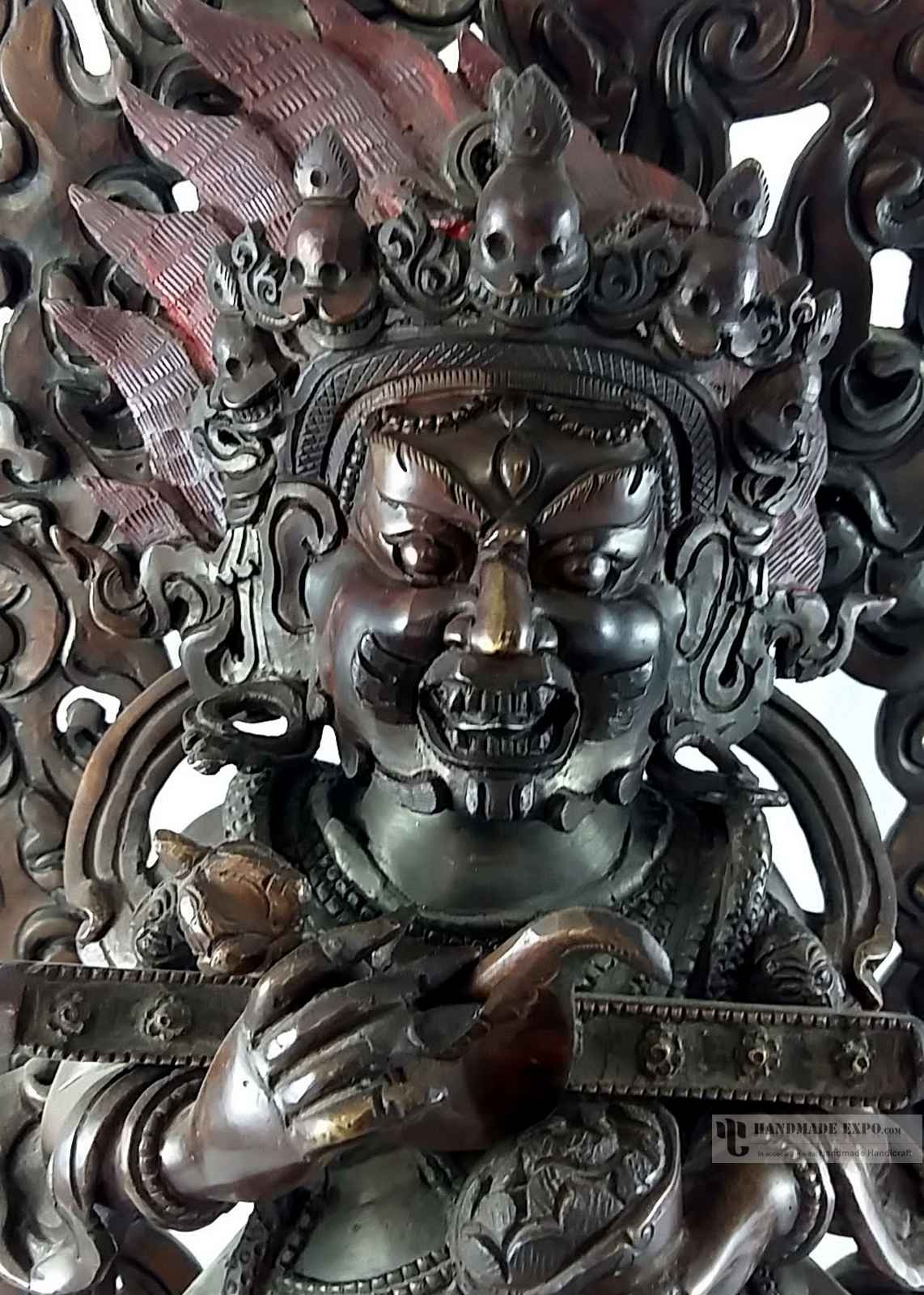 of Safu Mahakala Panjaranatha- Oxidized" title="Statue
of Safu Mahakala Panjaranatha- Oxidized" title="Statue  of Mahakala 6 Arms,
of Mahakala 6 Arms,  of Mahakala 6 Arms,
of Mahakala 6 Arms, 
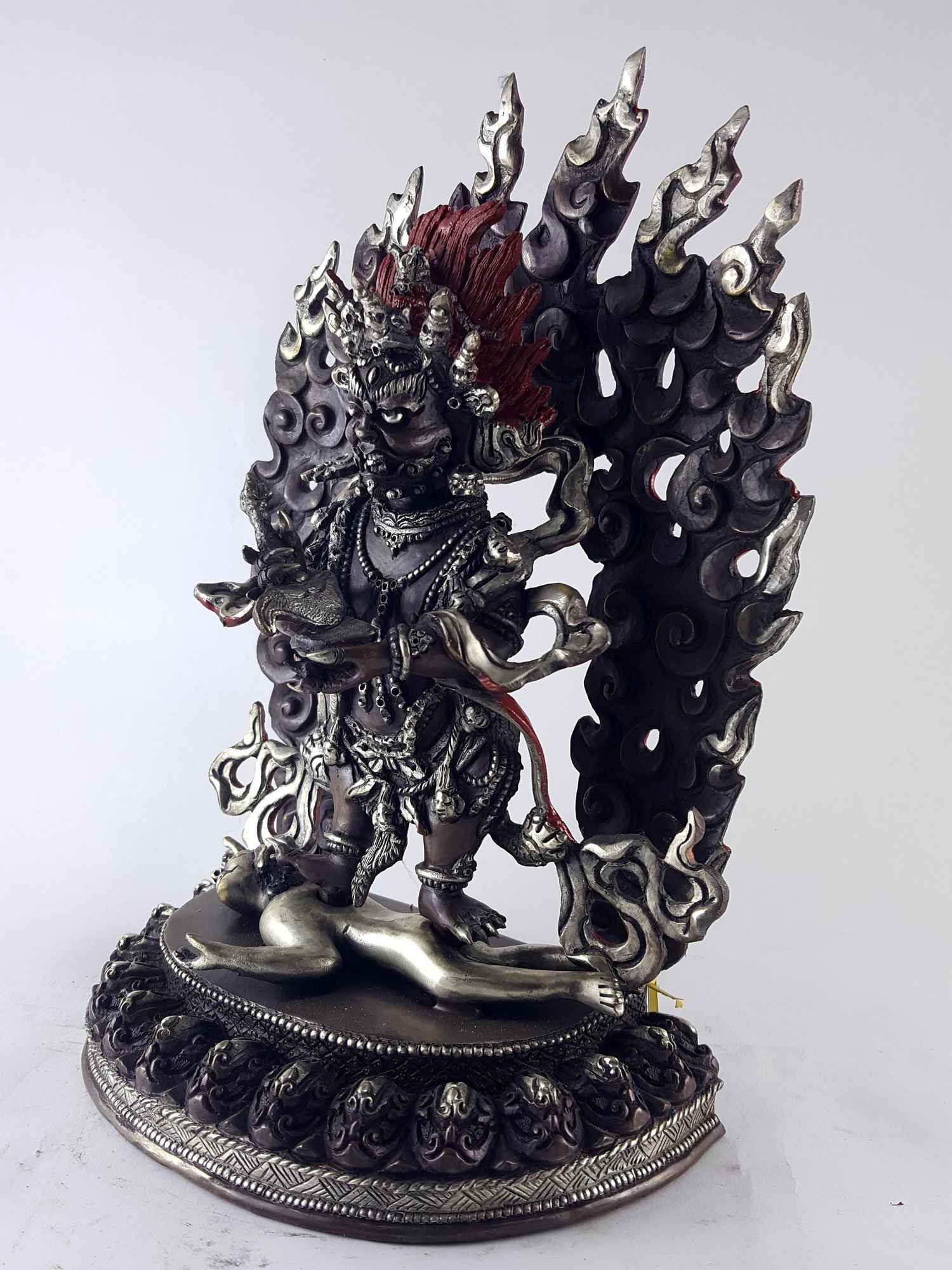
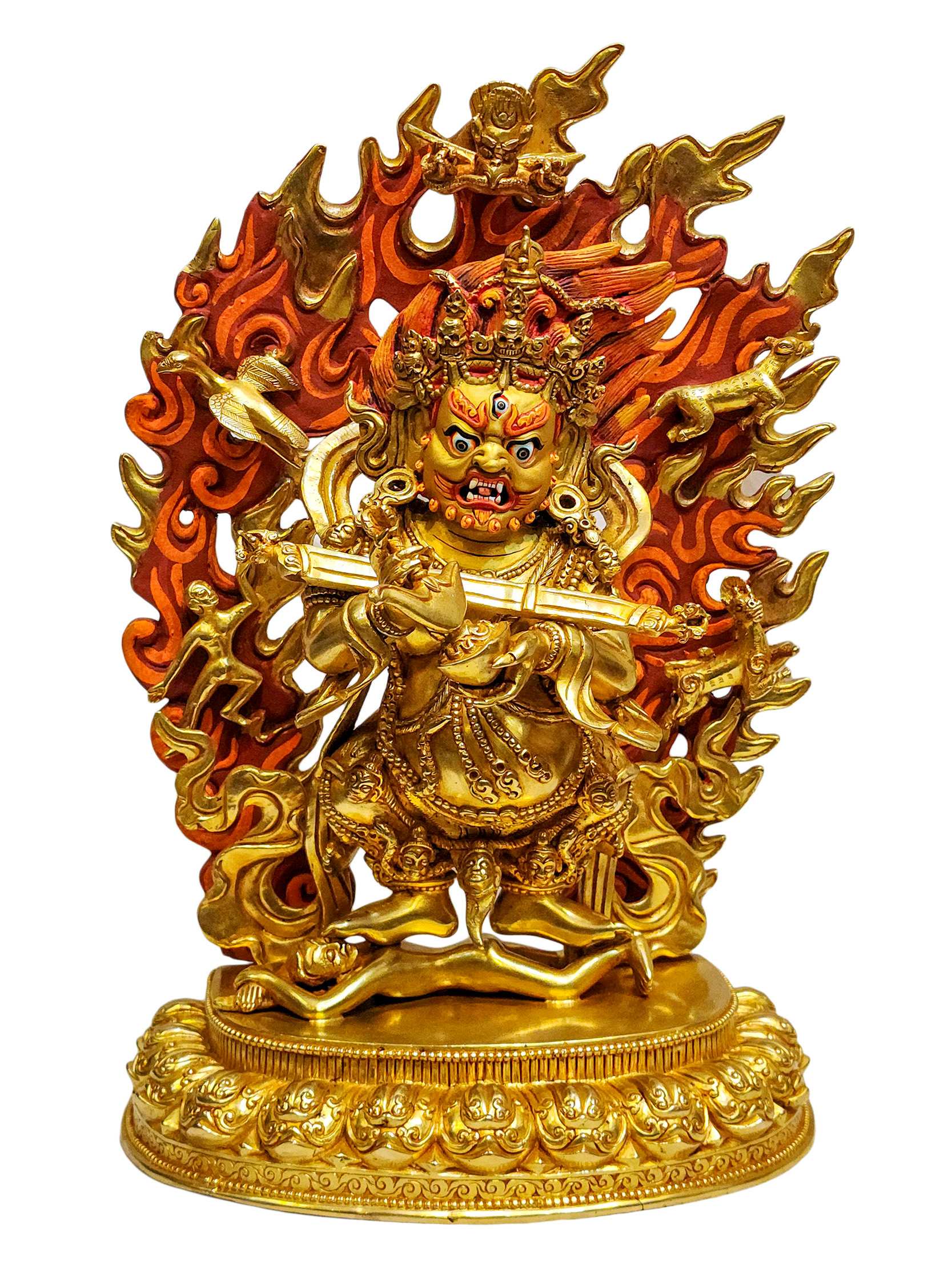 Mahakala Two Arms, Buddhist Handmade Statue,
Mahakala Two Arms, Buddhist Handmade Statue, 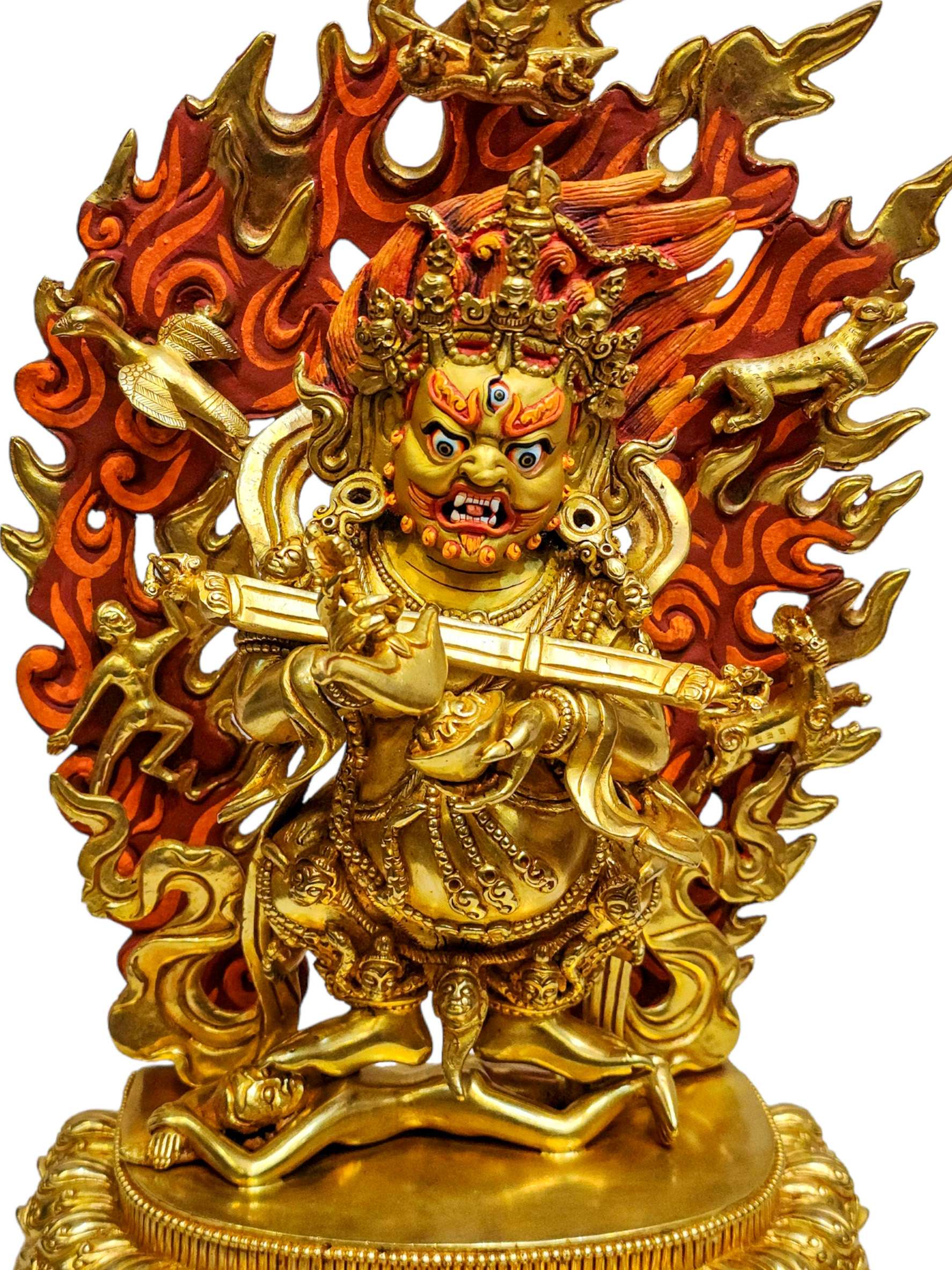 Mahakala Two Arms, Buddhist Handmade Statue,
Mahakala Two Arms, Buddhist Handmade Statue,  of Akash Bhairav,
of Akash Bhairav, 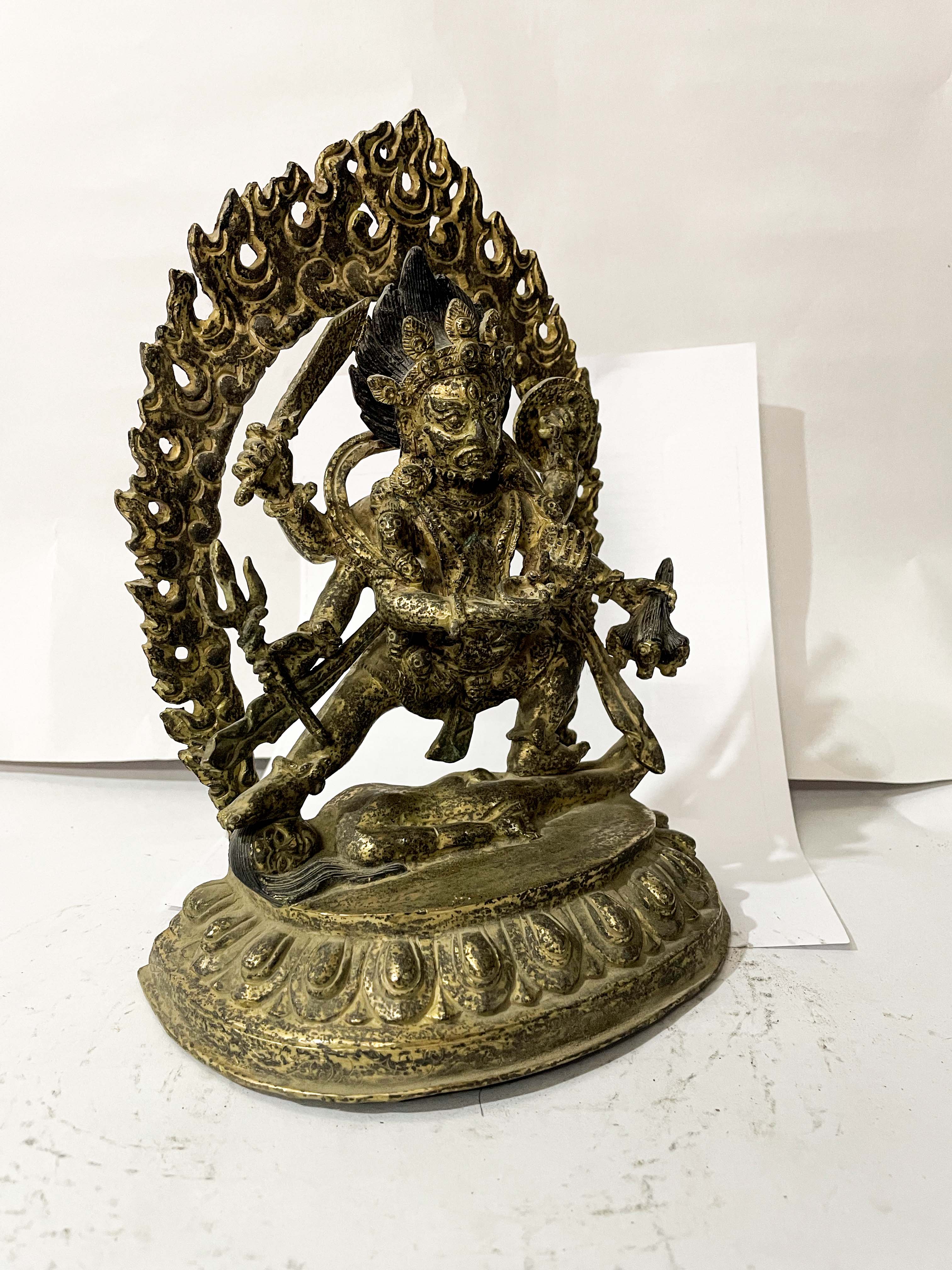 of Akash Bhairav,
of Akash Bhairav,  of White Mahakala Copper Oxidized" title="Statue
of White Mahakala Copper Oxidized" title="Statue  of White Mahakala Copper Oxidized" title="Statue
of White Mahakala Copper Oxidized" title="Statue  Full Gold Plated,
Full Gold Plated, 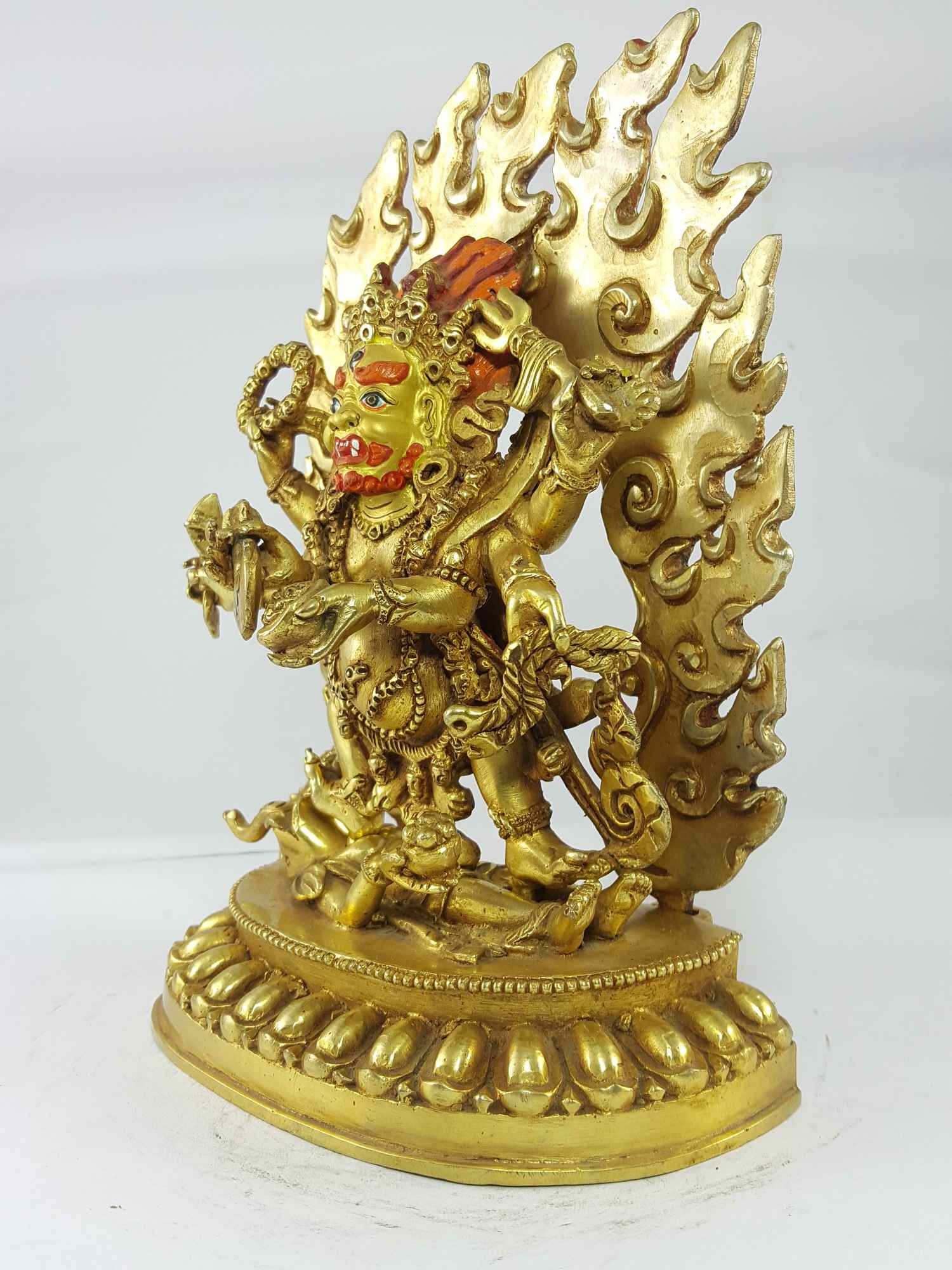 Full Gold Plated,
Full Gold Plated,  of Black Mahakala 6 Arms,
of Black Mahakala 6 Arms, 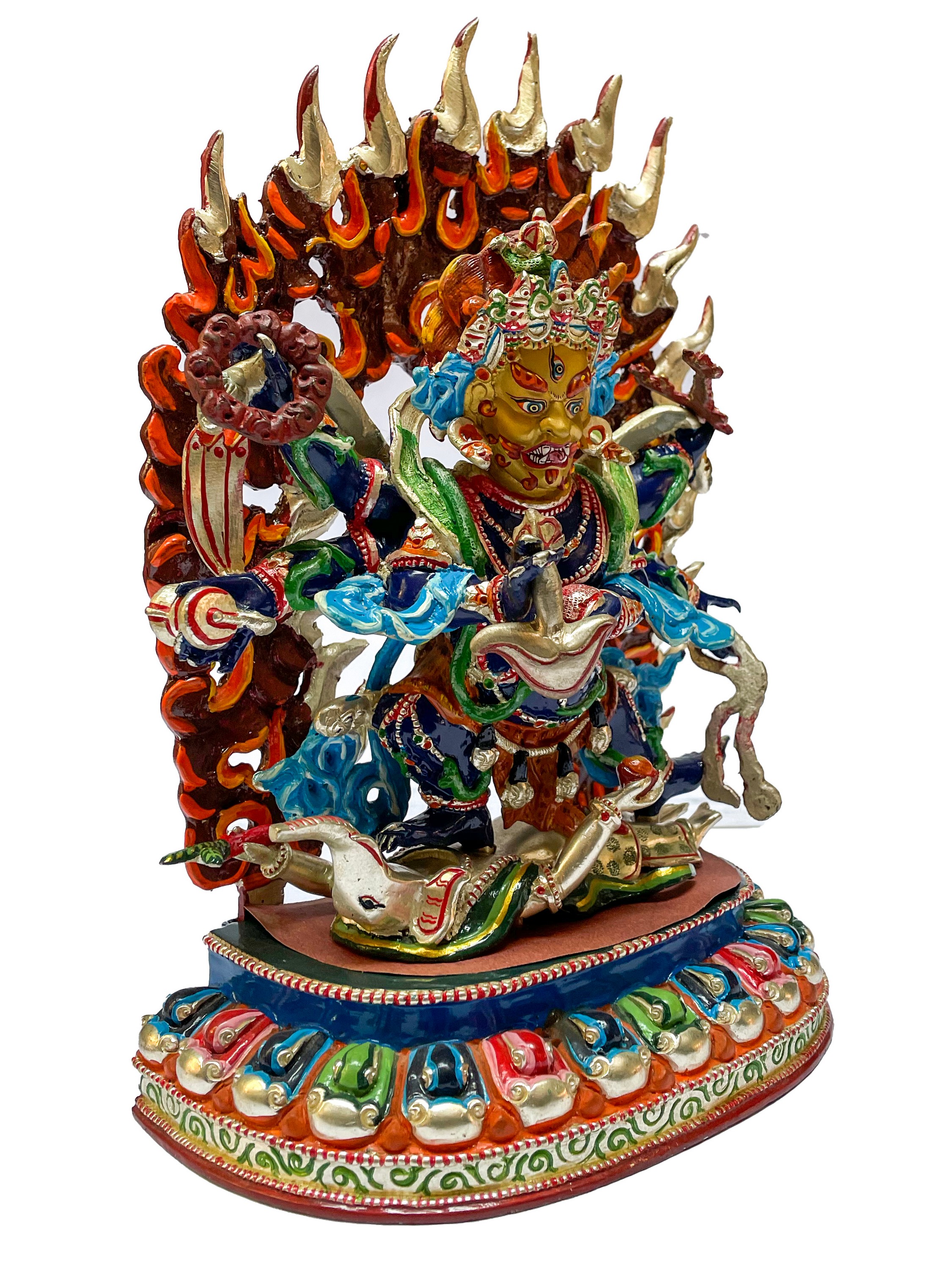 of Black Mahakala 6 Arms,
of Black Mahakala 6 Arms,  White Mahakala, Buddhist Handmade Statue,
White Mahakala, Buddhist Handmade Statue, 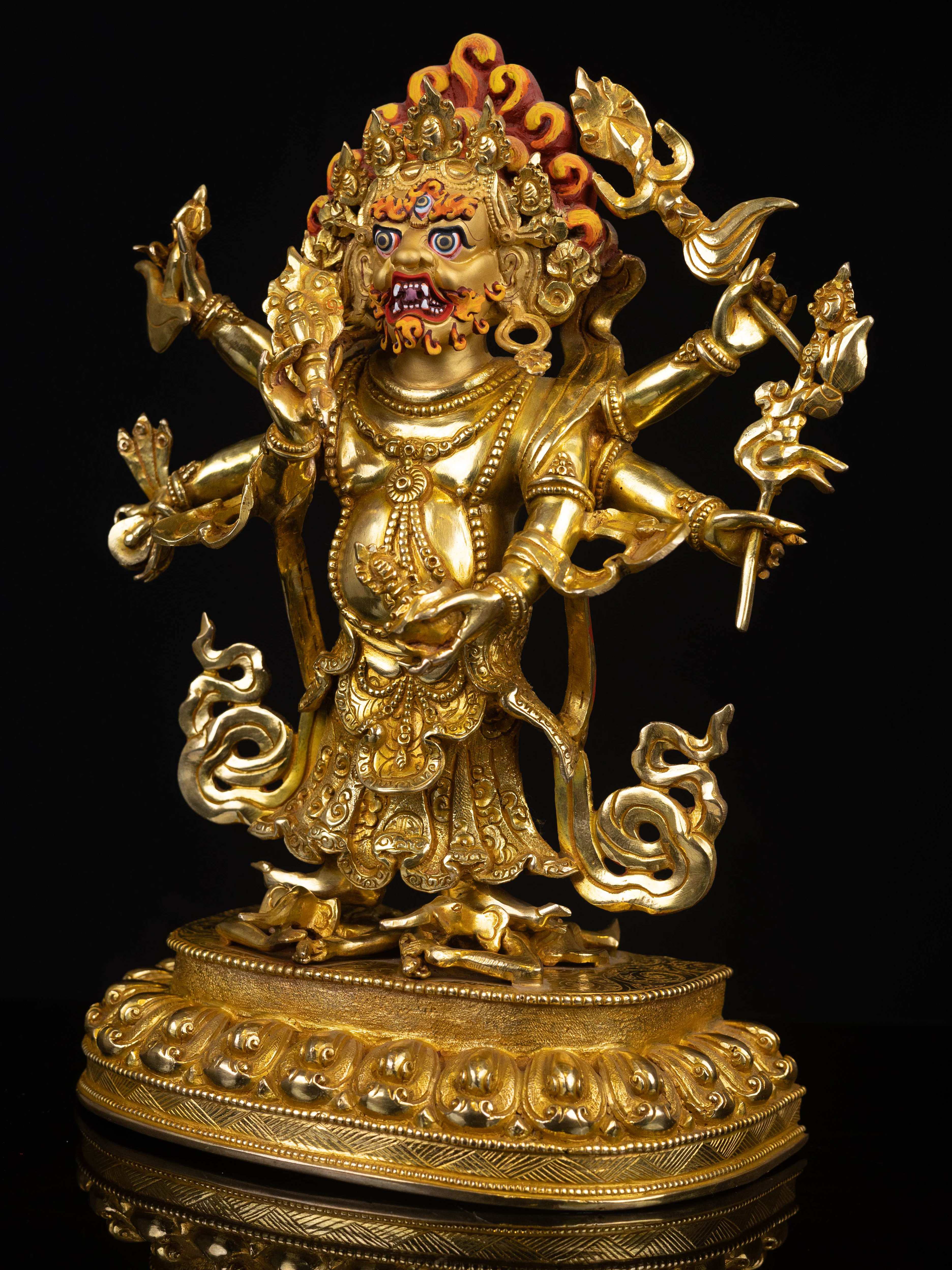 White Mahakala, Buddhist Handmade Statue,
White Mahakala, Buddhist Handmade Statue, 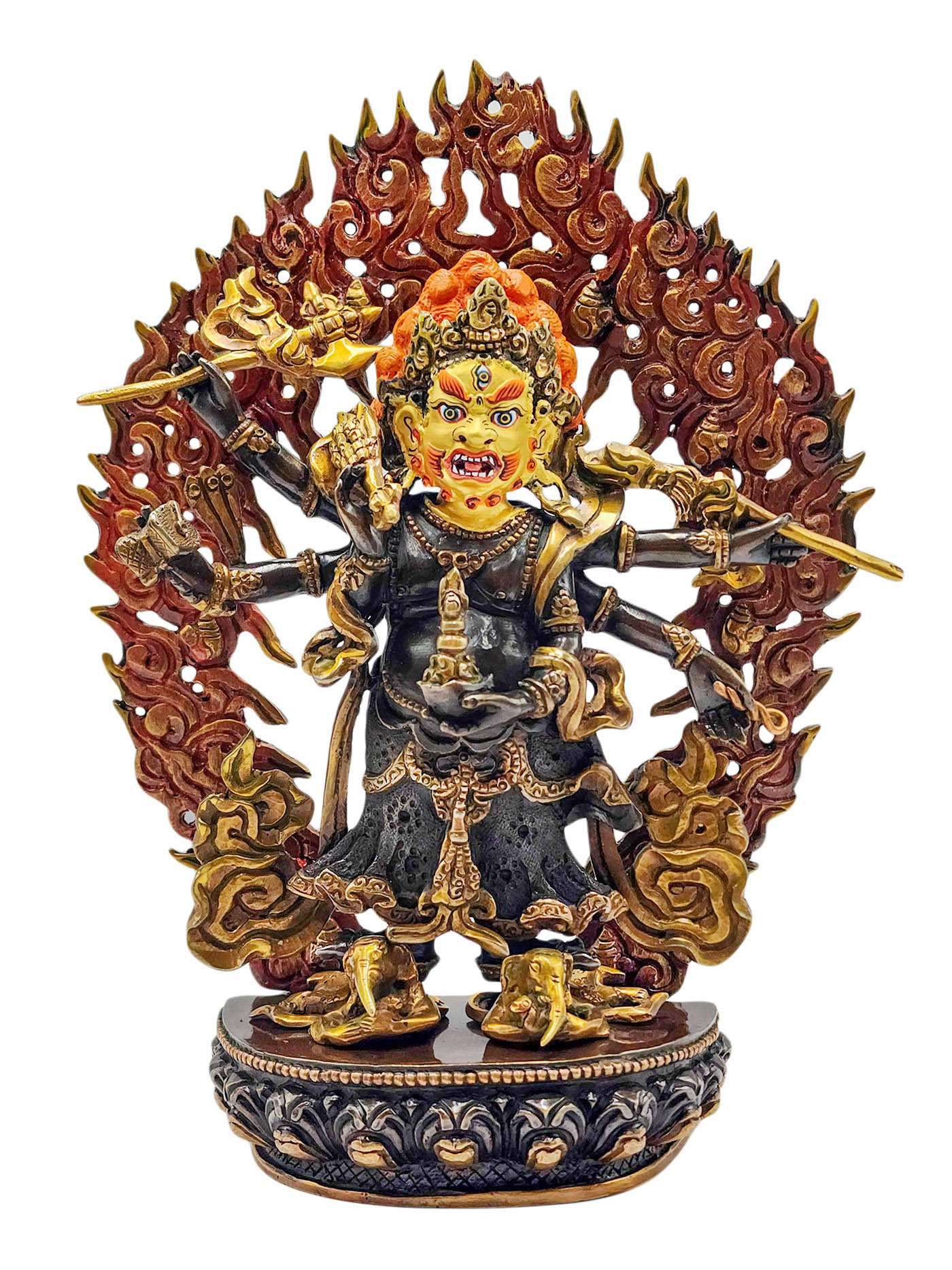 White Mahakala, Buddhist Handmade Statue,
White Mahakala, Buddhist Handmade Statue, 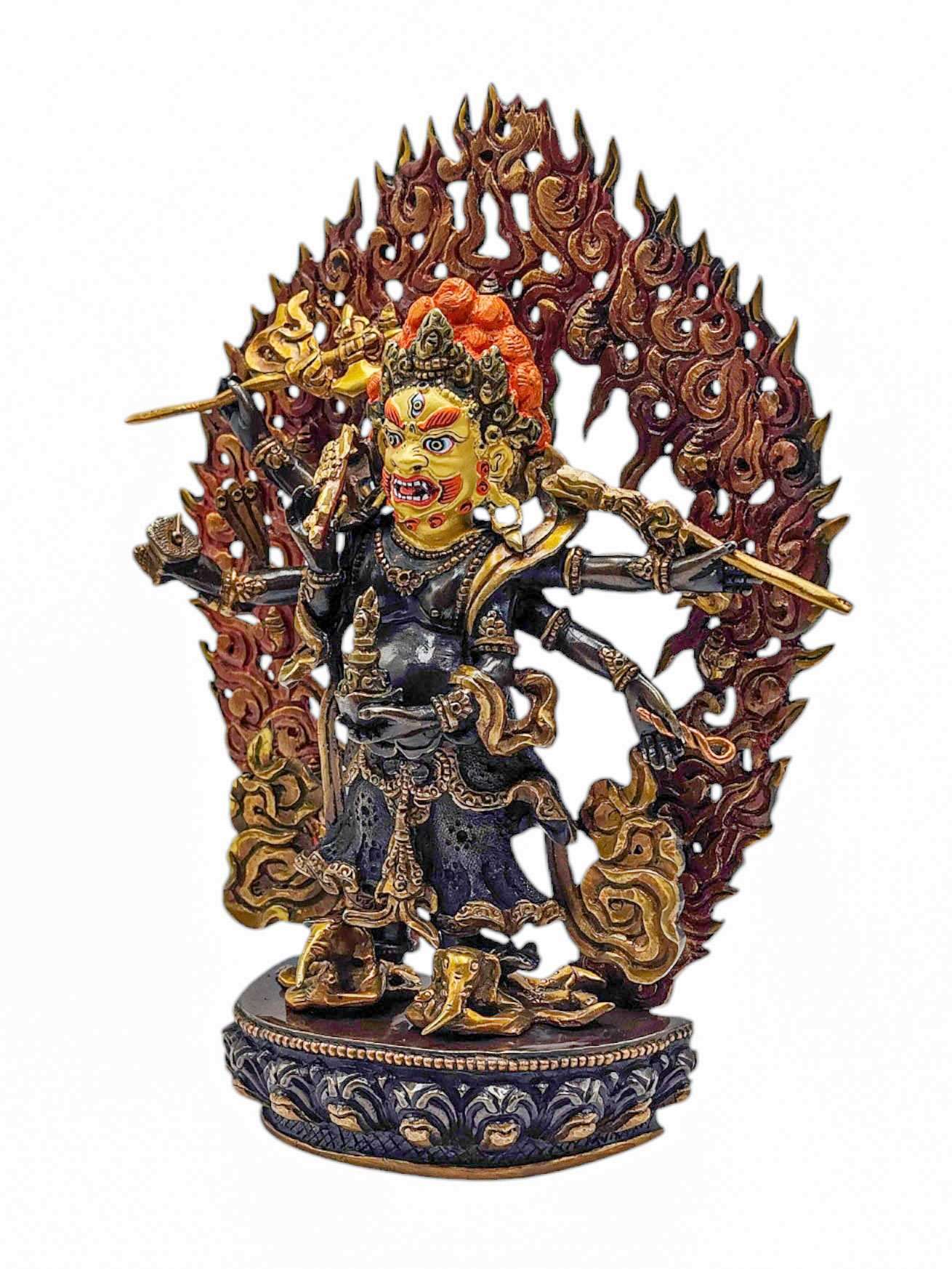 White Mahakala, Buddhist Handmade Statue,
White Mahakala, Buddhist Handmade Statue,